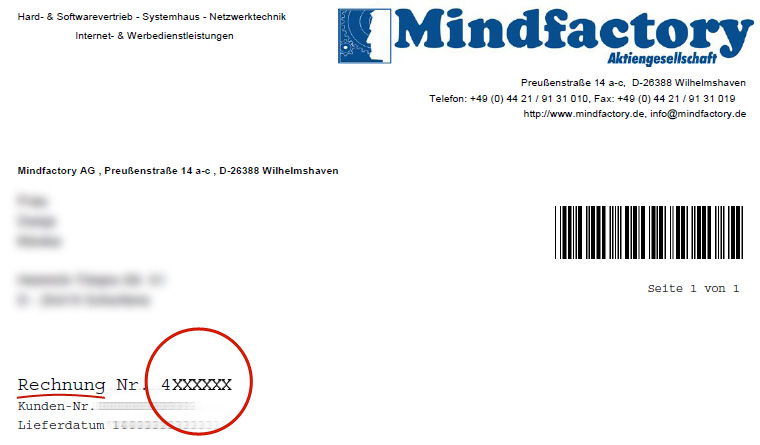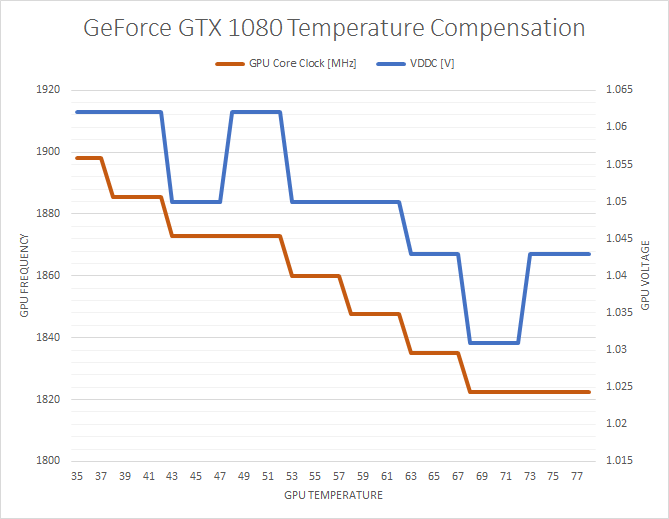Pascal clockspeeds are much more temperature-dependent than on Maxwell 2 or Kepler. Kepler would drop a single bin at a specific temperature, and Maxwell 2 would sustain the same clockspeed throughout. However Pascal will drop its clockspeeds as the GPU warms up, regardless of whether it still has formal thermal and TDP headroom to spare. This happens by backing off both on the clockspeed at each individual voltage point, and backing off to lower voltage points altogether.
What we find is that from the start of the run until the end, the GPU clockspeed drops from the maximum boost bin of 1898MHz to a sustained 1822MHz, a drop of 4%, or 6 clockspeed bins. These shifts happen relatively consistently up to 68C, after which they stop.
For what it’s worth, the GTX 1080 gets up to 68C relatively quickly, so GPU performance stabilizes rather soon. But this does mean that GTX 1080’s performance is more temperature dependent than GTX 980’s. Throwing a GTX 1080 under water could very well net you a few percent performance increase by avoiding the compensation effect, along with any performance gained from avoiding the card’s 83C temperature throttle.
In any case, I believe this to be compensation for the effects of higher temperatures on the GPU, backing off on voltages/clockspeeds due to potential issues. What those issues are I’m not sure; it could be that 16nm FinFET doesn’t like high voltages at higher temperatures (NVIDIA takes several steps to minimize GPU degradation), or something else entirely.


 Prossuhan on i7 3770 että tulevaisuutta tässä lähinnä ajattelen..
Prossuhan on i7 3770 että tulevaisuutta tässä lähinnä ajattelen..





